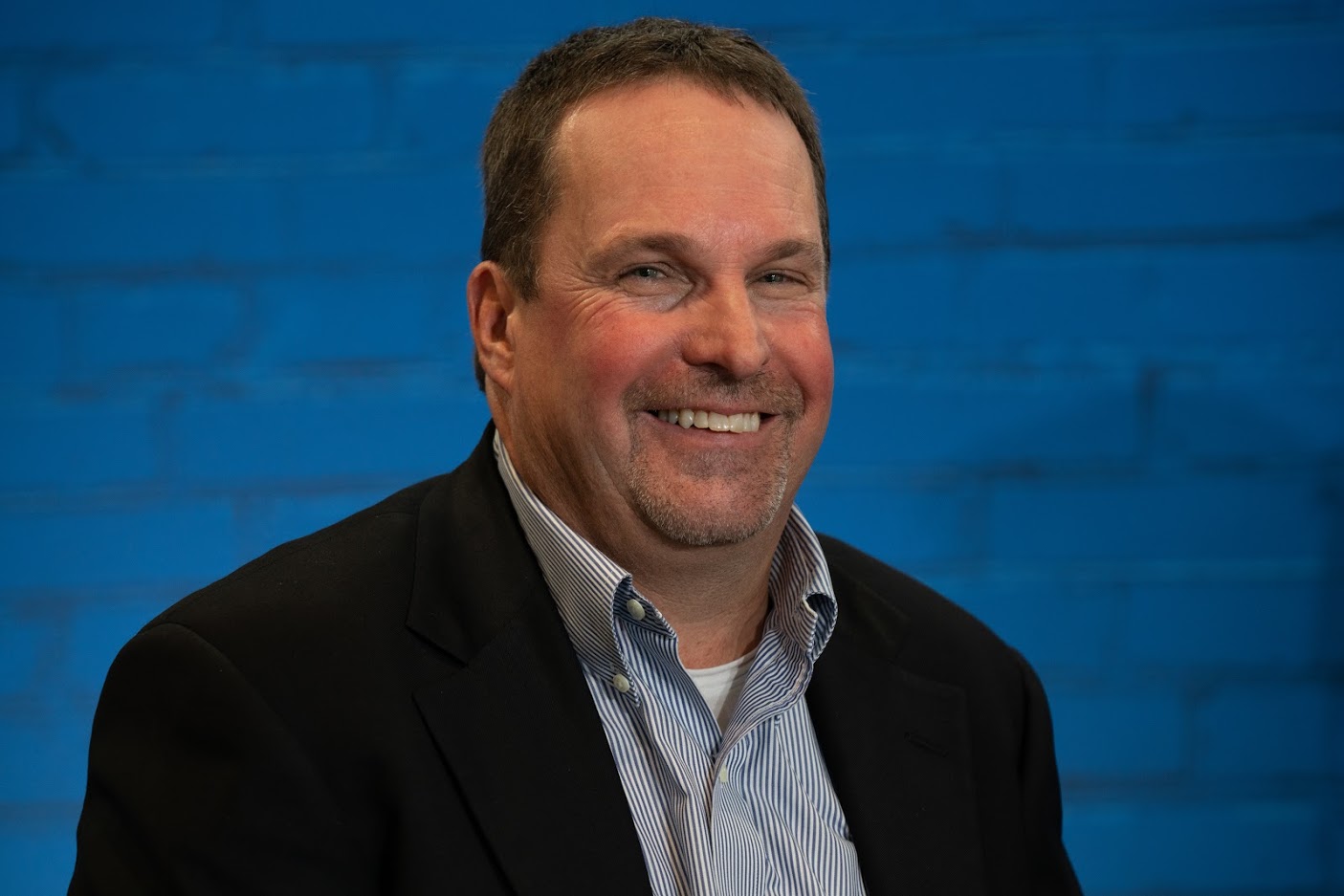 BIG DATA
BIG DATA
 BIG DATA
BIG DATA
 BIG DATA
BIG DATA
With more than 6,700 Wendy’s restaurants worldwide, The Wendy’s Co. must address information technology concerns quickly and effectively or risk serious business interruption, as it found out two years ago after a data storage mishap.
And as the company navigates its current digital transformation, it continues to confront a variety of concerns, all while learning crucial lessons from both successes and failures. So how has Wendy’s IT department been successful? Don Murawski (pictured), manager of server and storage/messaging at Wendy’s, offered insight into the fast food chain’s digital transformation goals.
“IT has, especially in the food industry, become huge,” Murawski said. “Especially mobile app, mobile ordering — you know, DoorDash — order your food and have it delivered to you. How that plays for me is managing the infrastructure that it runs on. So we have to manage a huge amount of volume with a very dense environment.”
Wendy’s digital transformation includes about a 70:30 split between on-prem and cloud management — 70% on-prem and 30% off, according to Murawski. Wendy’s is using a number of solutions, including Amazon Web Services, Microsoft Azure, and hyperconverged solutions like Cohesity Inc. and Nutanix Inc. They have two data centers in Dublin, Ohio, and Atlanta, Georgia. Murawski would like to see the 70:30 split change eventually, but the going is slow.
“Between cloud and on-prem, it’s been a challenge,” Murawski said. “On-prem, you can’t scale like you can with AWS or Azure. You can scale 100 times down in Azure bot auto-scaling. On-prem, we can’t do that quite yet. We’re getting there. So that’s still a challenge, because a lot of the information still hasn’t touched … on-prem databases, which are getting older, too, so to speak.”
While it is slow progress, Wendy’s is getting rid of virtual machines and going toward containerization with Kubernetes. They also have a developer operations department they actually just created internally to do that type of work.
“Click a button, and you’ve got a server. It’s auto-scaling,” Murawski said. “So instead of taking two hours to build a server, or three, it’s taking two minutes. Kubernetes is a big part of our future infrastructure.”
With such a multifaceted environment, data management and protection has been a huge issue at the company. In fact, it was complete nightmare two years ago when Wendy’s lost its primary storage, which took down the entire company, according to Murawski.
“Living through trying to get your data back for hours and hours and hours,” Murawski said. “I had guys working 100 hours a week for two, three weeks. They literally didn’t see their family. So making something that is easy to use, manageable, and recoverable was huge. So take the complexity out and add the easy administration.”
Wendy’s is now using Cohesity Inc. to manage its data and make sure that the company doesn’t have a scenario like it did two years ago, according to Murawski. He advises all companies to turn down their critical servers and see if they can recover them, as well as to make sure they have a solid data recovery plan in place.
“Test your DR, because if you don’t, it’s going to come back to bite you,” Murawski said. “And make sure your vendor, whoever you pick, is standing by you too.”
THANK YOU